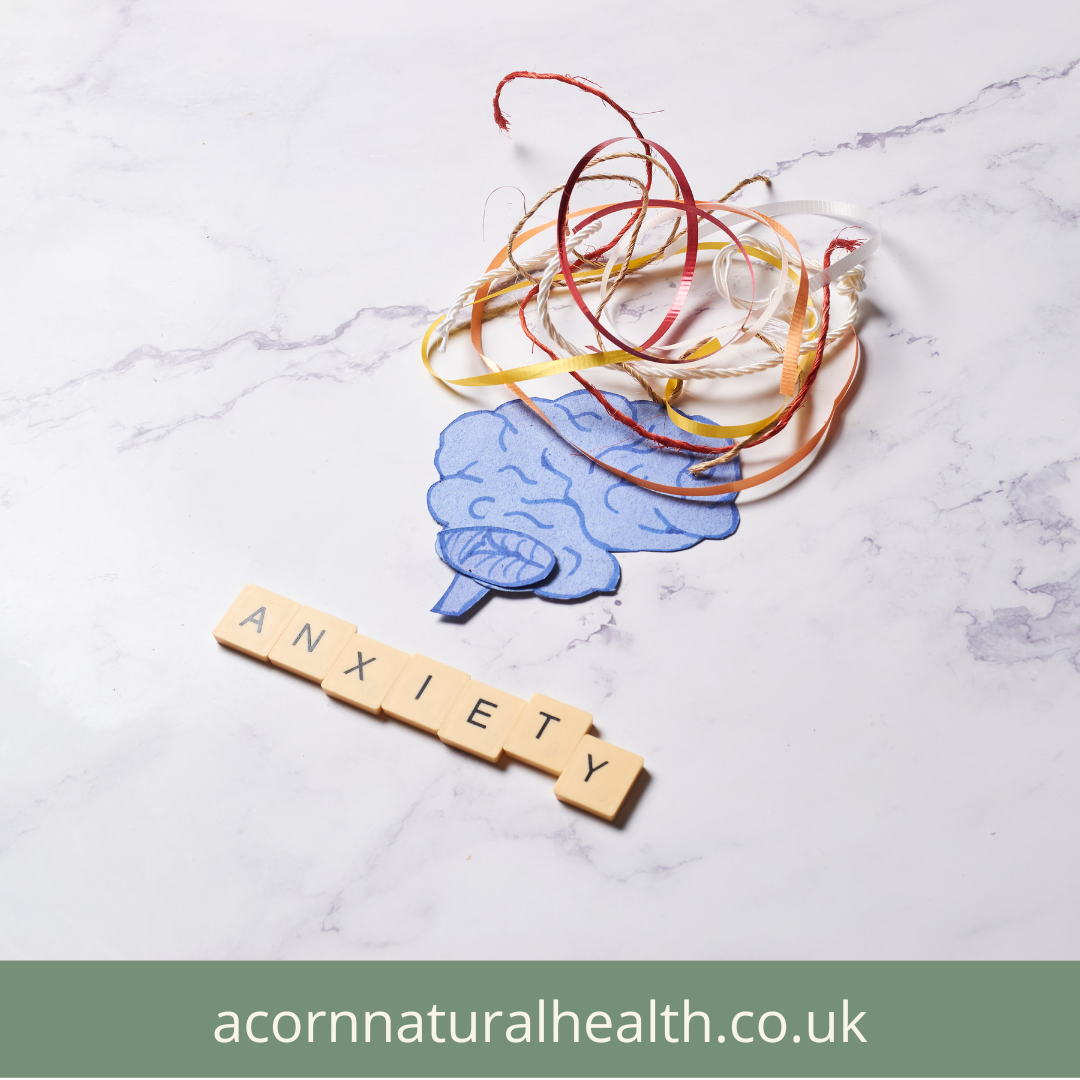Reiki, a Japanese form of hands-on energy healing, offers profound benefits for both physical and mental well-being. This ancient practice induces deep relaxation, allowing the body to release stress and tension while promoting healing and balance. Here’s a closer look at what Reiki entails and what you can expect from a session:
Understanding Reiki
Reiki works by clearing negative or blocked energy within the body, thus boosting energy levels and restoring harmony. Its benefits span a wide range of areas, including:
- Promoting health and overall well-being
- Managing pain effectively
- Reducing stress and tension
- Cultivating feelings of peace and serenity
- Enhancing the effects of medical and complementary treatments
- Alleviating side effects of conventional medical procedures like chemotherapy
- Aiding in post-operative healing
- Improving mental clarity and focus
- Calming the mind and emotions, easing symptoms of depression and anxiety
- Enhancing sleep quality
- Soothing digestion
- Strengthening self-esteem
- Heightening self-awareness and intuition
- Balancing emotions effectively

The Reiki Experience
During a Reiki session, clients often report experiencing sensations such as warmth, coolness, tingling, or pressure, as the energy flows through their body. The session typically involves lying fully clothed on a comfortable treatment bed, with soft music playing in the background to enhance relaxation. The practitioner will gently lay their hands on or slightly above different parts of the body, allowing the energy to flow where it is most needed.
What to Expect During a Session
Your first Reiki session begins with a brief consultation, where you’ll have the opportunity to ask questions and discuss any concerns. Then, you’ll be invited to relax on the treatment bed while the practitioner channels the healing energy. Afterward, you may be offered water to hydrate and reflect on your experience.
Belief and Reiki
It’s important to note that Reiki is not tied to any specific religion, although it has spiritual elements. Belief in Reiki is not a prerequisite for its effectiveness; however, being open and receptive to the experience can enhance its benefits.
In conclusion, Reiki offers a gentle yet powerful approach to healing and promoting overall well-being. Whether you’re seeking relief from physical discomfort or looking to find inner peace and balance, Reiki has much to offer. Consider trying a session to experience its transformative effects firsthand.




